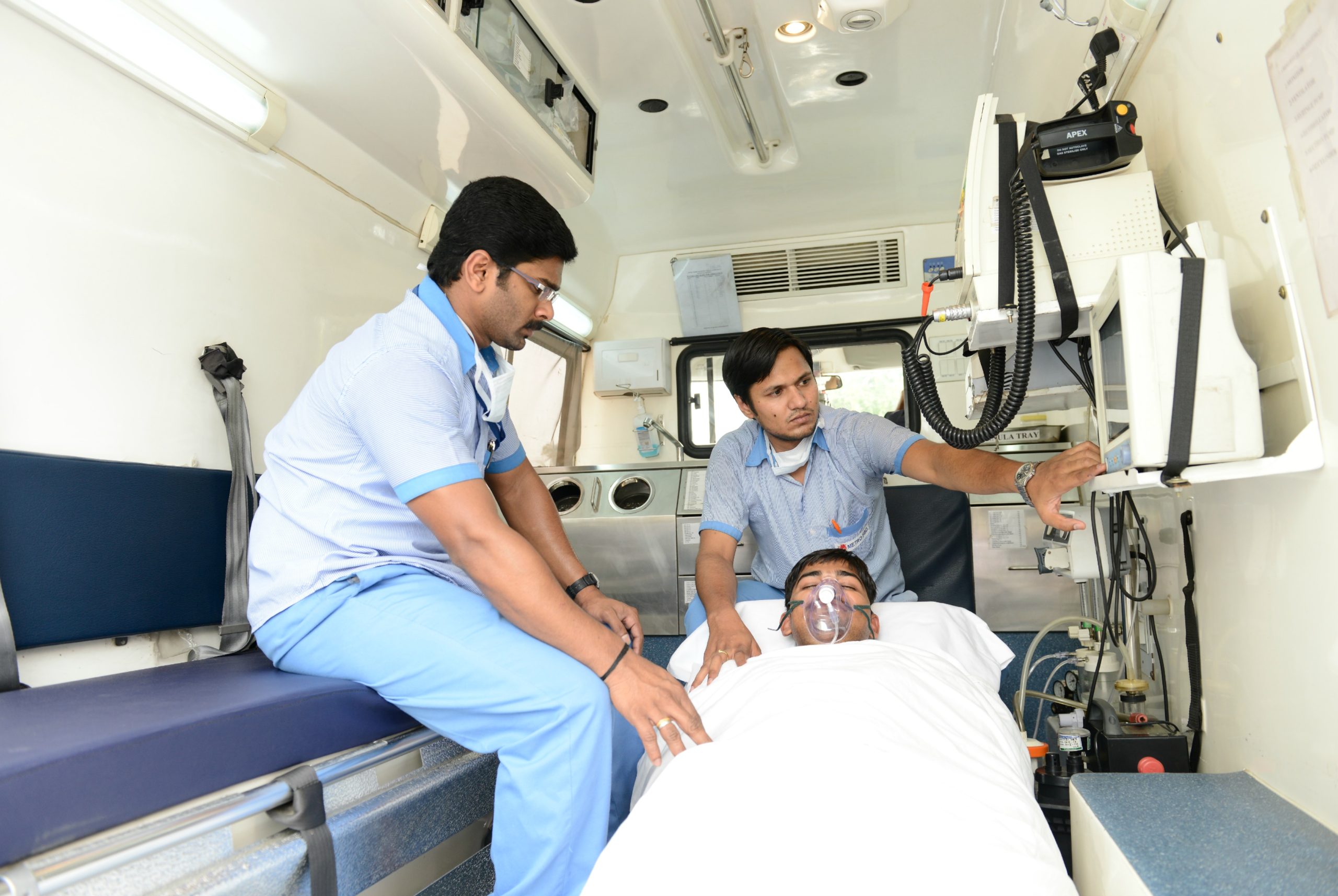An emergency condition or circumstance can permanently endanger or impair your life. For any medical issues that show life-threatening. You must consult an emergency clinic immediately. This is to prevent serious problems and to apply necessary medications that are needed.
The emergency clinic offers simple access to quality healthcare. During the times when your leading care physician’s offices are close. Medical experts are committed to giving personalized attention. To make sure their patients are given the necessary attention and care. Life-threatening emergencies like a serious head injury or heart attack. Needs a visit to the nearest emergency department also known as an emergency room (ER).
What is an emergency clinic called?
An emergency department (ED), called an accident and emergency department (A&E). Also known as an emergency ward (EW), emergency room (ER), or casualty department. It is a medical treatment facility specifying in emergency medicine. The serious care of patients taht present without earlier appointment or schedule.
Emergency Room for Life-Threatening Issues
Once your loved one awakens in the middle of the night. Whining about the stabbing pain in their lower right abdomen. It’s more likely appendicitis that needs a visit to the nearest hospital emergency room. Also, injuries caused by a car accident are a reason why you have to go directly to the ER.
Emergency rooms have a classified approach. This means that the patients’ injuries are assessed and then prioritized based on urgency. So the patients that have a more serious injury will receive treatment first. And those patients with not-so-extreme issues may need to wait before having a doctor.

Hours and Staff in emergency departments
Emergency departments are operated 24/7 with nurses, nurse practitioners, physicians. Or physician assistants that are trained in providing emergency care. The team has rapid access to expert providers in advanced specialties. Like Neurology, Cardiology, and Orthopedics. Emergency clinics also have the laboratory resources and imaging needed to deliver care and diagnose. For life-threatening and severe situations.
Types of conditions treated in Emergency Departments:
- Head injuries
- Chest pain or pressure
- Seizures
- Pneumonia
- Uncontrolled Bleeding
- Compound Fracture
- Shortness of breath
- Severe abdominal pain
- Severe headache, weakness, or paralysis
- Compound fracture (the bone that sticks out the skin)
- Changes in vision
- Changes or confusion in mental function. Such as disorientation or unexplained drowsiness.
- Vomiting blood, coughing, or bright red blood in bowel movements
An emergency department treats limb or life-threatening health problems in people of any age. It is the best choice when you need immediate medical attention. Once you experience difficulty breathing, signs of a stroke or heart attack. Shortness of breath, you must seek assistance instantly. It is also recommended to have a regular check-up once you experience pain or something unusual. This is to treat problems as soon as possible and to avoid them becoming a serious problem.



